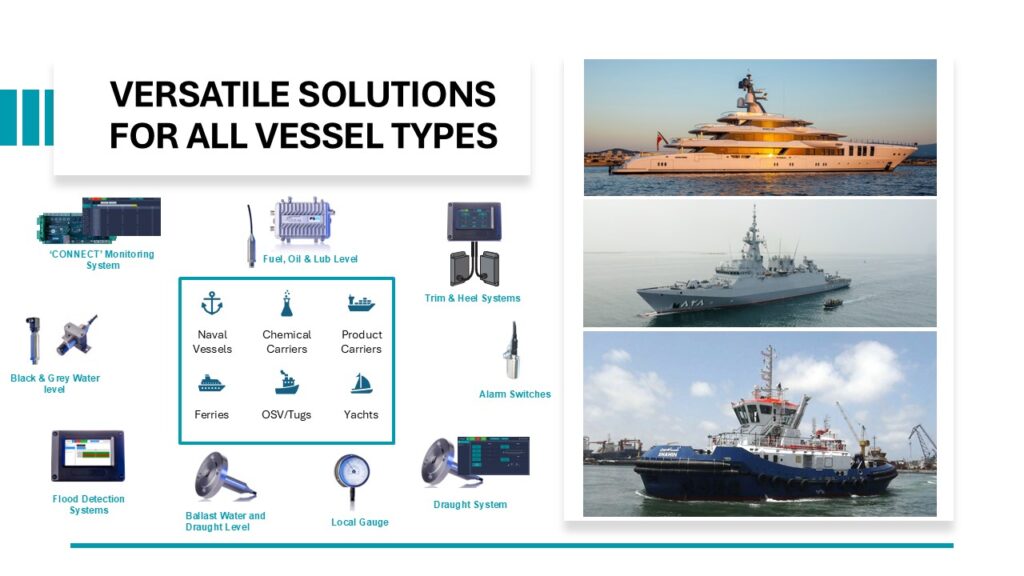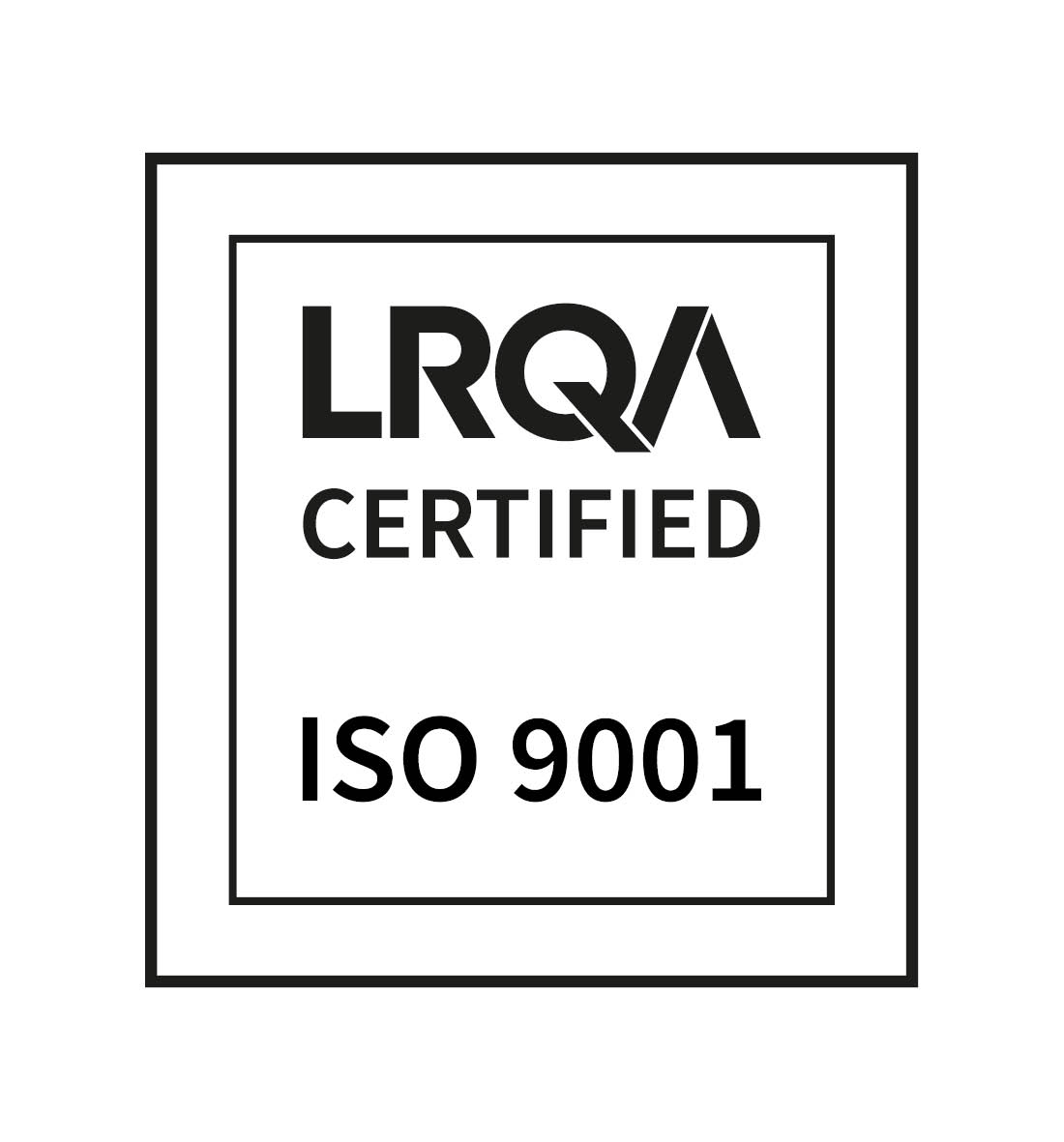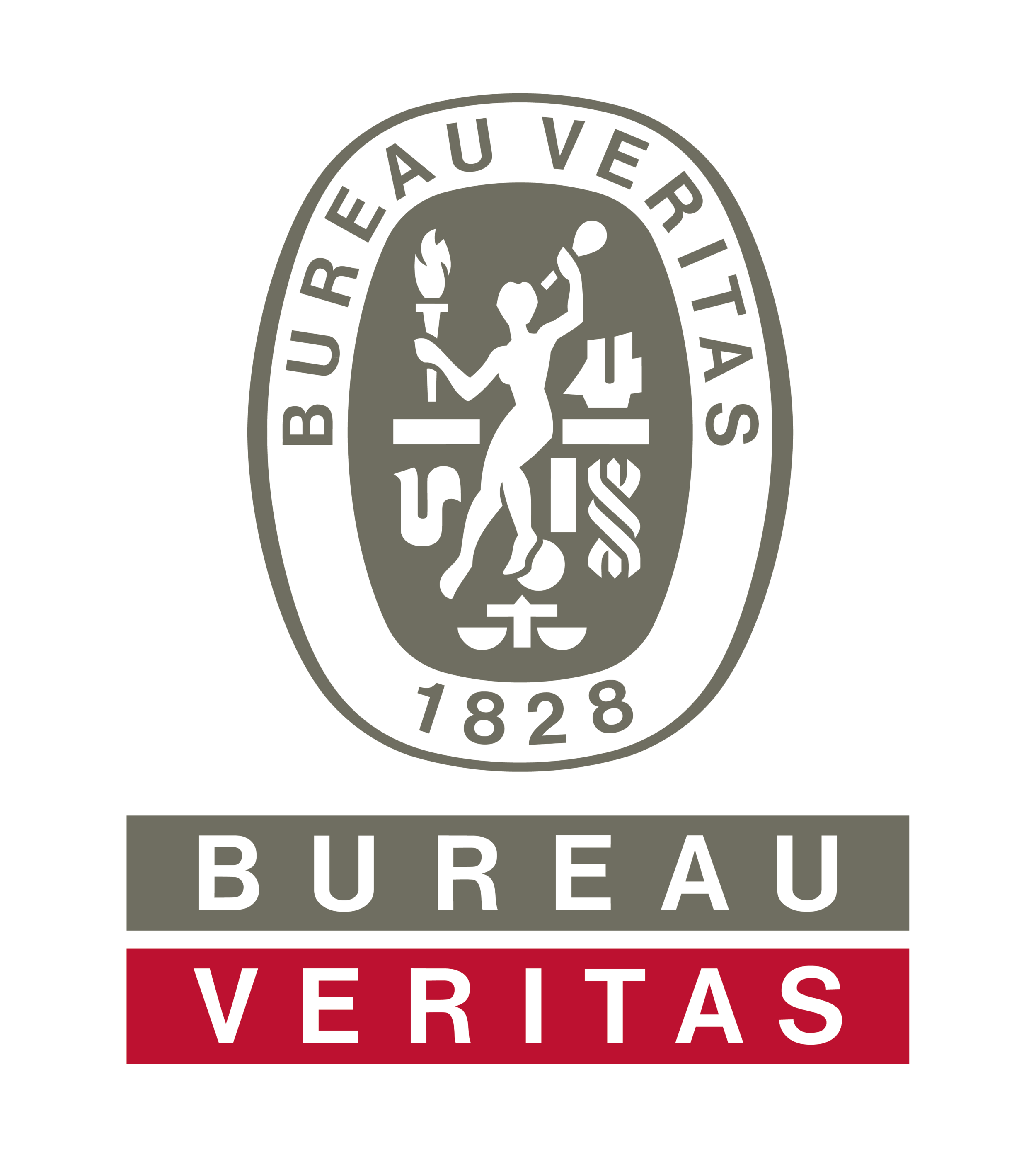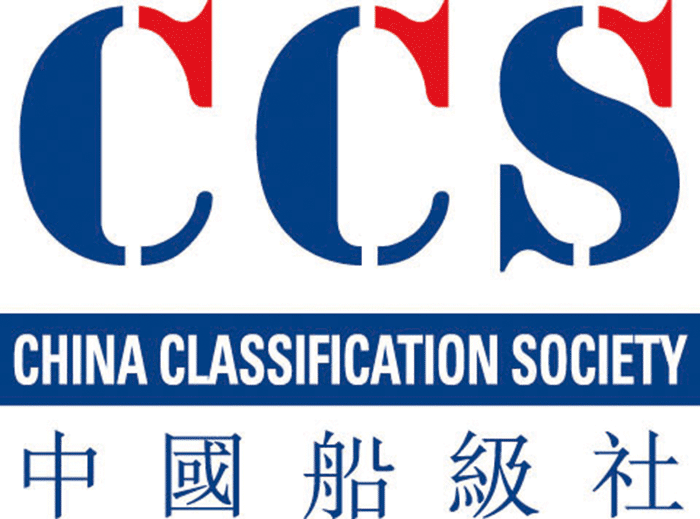In the second of our three part series where we offer practical advice to mitigate risks and challenges associated with tank management system installations, we look at the top 10 things people forget when it comes to tank level gauging.
Here’s the 10 most common oversights when it comes to level gauging:
- Sensor Measurement: Sensors cannot measure liquid below their physical measuring diaphragm. The contents below will require calculation in the monitoring system.
- Sensor Material Matters: Depending on the tank contents selecting the right material will ensure the longevity of the sensor.
- Sensor Output: The output will be affected by the movement of the vessel unless compensated for in the monitoring system.
- Liquid Matters: Every liquid has a specific gravity, which needs to be factored in for accurate readings. Using the wrong value can cause measurement discrepancies.
- Installation Precision: Even small mistakes in measuring the sensor’s installation height can lead to significant errors in the amount of volume you think is in the tank.
- Safety First: Depending on the situation, intrinsically safe (IS) certified sensors might be required. These are specially designed to be used in areas designated as hazardous zones.
- Safety Barrier: If you need intrinsically safe sensors, you will also need to install safety barriers to provide additional protection.
- Calibration is Key: To get the most accurate readings, sensor calibration needs precise information on tank height, sensor placement, and the liquid’s specific gravity.
- Venting Matters: When choosing a sensor, consider the height of your tank’s vent pipe to ensure the sensor has the appropriate pressure overload capabilities.
- Validation is Vital: Before relying on a new level gauging system, it’s crucial to have the installation validated and commissioned to ensure everything is working properly.
By keeping these 10 points in mind, you can ensure your tank level gauging system is accurate, safe, and reliable. For more information on designing, specifying, installing and commissioning tank sensors and systems, you can view the full guide here.
At PSM Marine we have been providing tank level gauging solutions for over 45 years, so contact us for expert support and discuss your next project.













